Behind the Curtain: How Lumma Affiliates Operate
NetmanageIT OpenCTI - opencti.netmanageit.com

SUMMARY :
This analysis reveals the complex operations of Lumma affiliates within a vast information-stealing ecosystem. Affiliates utilize various tools and services, including proxy networks, VPNs, anti-detect browsers, and crypting services. The investigation uncovered previously undocumented tools and showed that affiliates often run multiple schemes simultaneously, such as rental scams, while also using other infostealers like Vidar, Stealc, and Meduza Stealer. Lumma affiliates are deeply integrated into the cybercriminal ecosystem, leveraging underground forums for resources, marketplaces, and operational support. The analysis highlights the resilience of Lumma's infrastructure and the challenges in disrupting such decentralized cybercriminal networks.
OPENCTI LABELS :
vpn,stealc,lumma,vidar,infostealer,cybercrime,proxy,meduza stealer,affiliate,craxsrat,underground forums,crypting,anti-detect browser
AI COMMENTARY :
1. Introduction: Behind the Curtain: How Lumma Affiliates Operate unveils the complex, decentralized network of cybercriminal affiliates driving one of the most resilient information-stealing ecosystems today. This investigation dissects the anatomy of the Lumma affiliate program, shedding light on how these actors harness a variety of services and underground resources to execute large-scale data theft campaigns. From the use of proxy networks to the deployment of advanced infostealers, the Lumma model exemplifies the fusion of commodity malware with sophisticated operational security measures.
2. The Affiliate Ecosystem: Lumma affiliates function as independent operators within a sprawling underground marketplace. Each affiliate gains access to the Lumma infostealer kit via a revenue-sharing arrangement, paying with stolen credentials or cryptocurrency fees. These participants often juggle multiple schemes simultaneously, combining rental scams, credential stuffing, and phishing operations to diversify their illicit income streams. They source infrastructure and support through underground forums, where administrators and fellow affiliates exchange tutorials, crypters, and anti-detect browsers to evade detection and maximize infection success rates.
3. Core Tools and Services: The operational toolkit of a Lumma affiliate extends far beyond the initial malware payload. Proxy networks and VPN services ensure that stolen data exfiltration and administrative logins appear to originate from benign, geo-distributed endpoints. Anti-detect browsers are employed to mask the affiliate’s real environment when interacting with control panels and marketplaces, while crypting services obfuscate the malware binary to bypass signature-based defenses. Undocumented utilities discovered in this research include custom loaders and modular plugins that interface with other infostealers like Vidar, Stealc, and Meduza Stealer, effectively turning Lumma into a multi-payload delivery platform.
4. Infostealer Synergy: Analysis reveals that many affiliates run Lumma in tandem with other popular stealers. Vidar and Stealc are frequently deployed in overlapping campaigns to harvest browsers’ saved credentials, cookies, and cryptocurrency wallets in a single operation. Meduza Stealer often follows initial intrusions, targeting broader data sets and performing additional reconnaissance on compromised hosts. This synergy amplifies the overall yield of each breach and complicates incident response, as multiple malware families may share or chain execution paths on the same endpoint.
5. Underground Forum Dynamics: Central to Lumma’s endurance are the clandestine forums that facilitate resource sharing and trust building. Affiliates gain reputation by demonstrating successful operations and contributing new crypting techniques or anti-debug modules. Marketplace administrators vet applicants and enforce escrow arrangements to mediate disputes, ensuring that affiliates receive promised payloads and support. These forums also serve as intelligence hubs where zero-day exploits, phishing kits, and laundering services are bartered, reinforcing the broader cybercrime ecosystem around Lumma.
6. Resilience and Disruption Challenges: The decentralized design of the Lumma affiliate network presents significant obstacles to law enforcement and security researchers. With administrators cloaked behind multiple proxy hops and affiliates scattered across jurisdictions, tracing transactions and infrastructure takedowns becomes a prolonged endeavor. Furthermore, the modular architecture allows rapid replacement of compromised command-and-control servers and the swapping of crypters to evade signature-based detection. Any successful disruption of one facet of the operation often triggers swift reconfiguration or migration to alternative underground marketplaces.
7. Conclusion: The Lumma affiliate program epitomizes the modern, service-oriented model of cybercrime, combining a commodity infostealer with robust operational support and a vibrant underground community. Its operators leverage proxy networks, VPNs, anti-detect browsers, crypting services, and a suite of complementary stealers to maintain a high volume of infections. As this investigation demonstrates, tackling such decentralized networks demands coordinated international efforts, enhanced intelligence-sharing, and adaptive defense strategies that anticipate rapid changes in affiliate tactics and infrastructure.
OPEN NETMANAGEIT OPENCTI REPORT LINK!
Use public read only username and password on login page.
NOTE : Use Public READ only user credentials on login page banner.
Behind the Curtain: How Lumma Affiliates Operate


